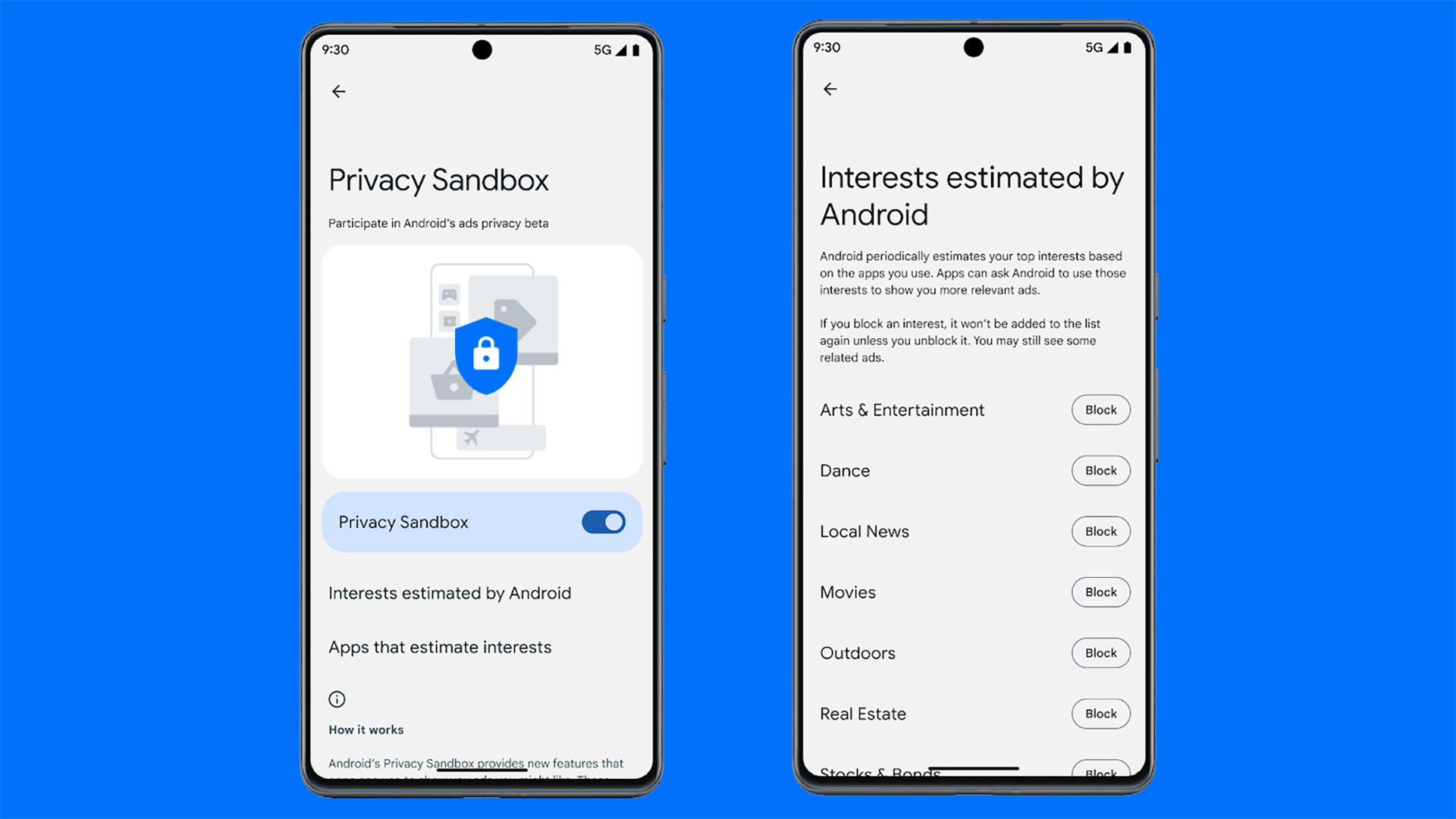Affiliate links on Android Authority may earn us a commission. Learn more.
Privacy Sandbox beta is rolling out now to select phones: Here's what to expect
Published onFebruary 14, 2023

- Google is rolling out a beta of its Privacy Sandbox to select Android phones.
- Access to Sandbox will give you a finer level of control over your privacy, especially regarding targeted ads.
- You’ll need an Android 13 phone to get the beta, and you can opt-out anytime.
In 2022, Google announced Privacy Sandbox. This new initiative attempts to give users more control over their privacy while still supporting systems that make money from user data. So far, the Sandbox has only been tested by people electing to give it a shot. That changes today, however.
Today, Google is rolling out Privacy Sandbox beta support to Android phones. Select devices with Android 13 installed will start to receive access to Sandbox soon. You’ll know if you’re in because you’ll receive a notification as such. Once you’re in, you’ll have access to the Sandbox and can use it as much as you like. Controls for the Sandbox will appear in your phone’s Settings panel.
Google’s hope is that more users testing out Privacy Sandbox will give it more data on how to improve the system. However, if you do receive access to the beta and would rather not have it, you can opt-out.
Privacy Sandbox: What is it, exactly?
Even though Google has been testing the Sandbox for about a year, it still doesn’t have a firm grip on what it actually is. So far, this beta appears to be a way to control the types of advertisements you want to see or not see. As you use Android, the operating system and the apps you’ve installed will collect data about your usage and use this information to determine your interests. This helps advertisers push relevant ads. With Privacy Sandbox on your phone, you can refine your interests to ensure you’re only seeing ads you are OK with seeing.
That might not sound that revolutionary, but the big difference here is that apps that elect to use APIs from Privacy Sandbox won’t have direct identifiers for you. In other words, there is less of a chance that someone could easily figure out who you are based on your anonymous advertiser ID.
Of course, for that to work, apps need to elect to use this beta API, which Google is not necessitating yet. In fact, Google devotes a chunk of its blog post announcing this rollout encouraging developers and advertisers to work with Google on supporting the Sandbox.
There’s also no way as of yet to give a blanket “Do not track me” flag. Google frequently criticizes this so-called “blunt approach” adopted by Apple, so we don’t expect anything like it to appear in Privacy Sandbox. Instead, we expect Google to give users more and more levels of control over the types of ads they see while simultaneously attempting to keep things as private as possible.
In the end, though, you’re still going to see ads and apps are still going to make money off collecting your data. We’ll just need to wait and see how the Sandbox refines that business model — if at all.